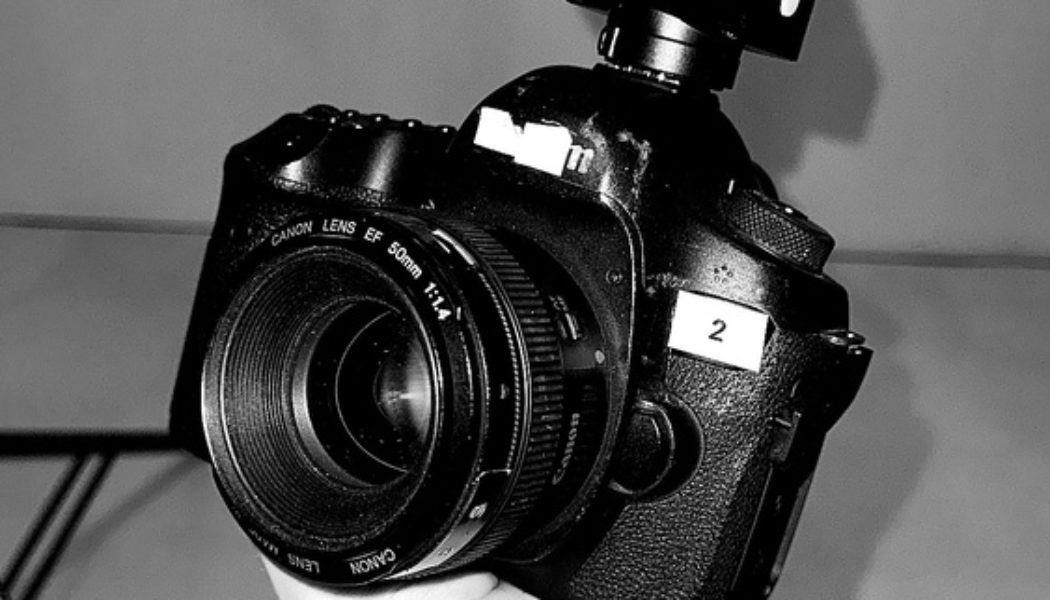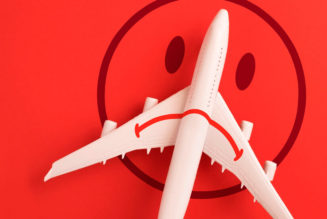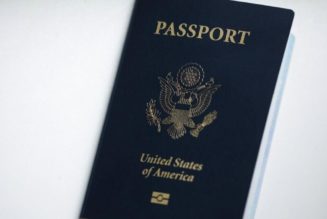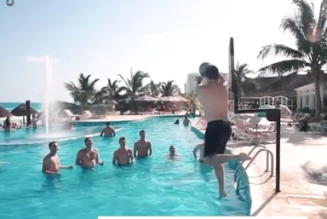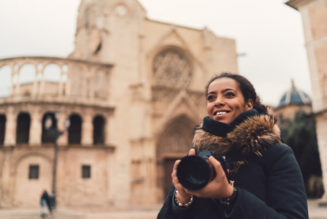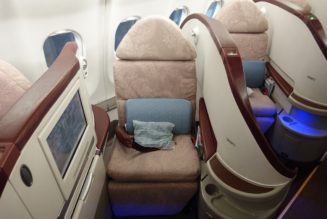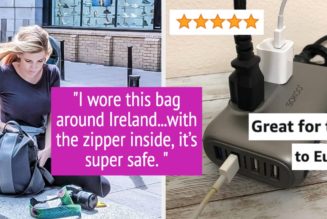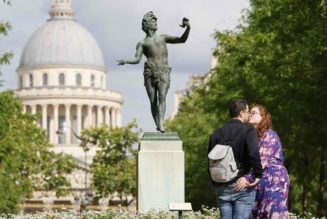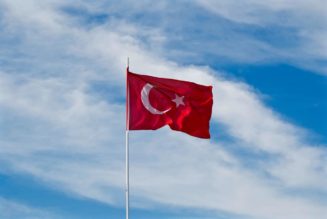In 2023, I traveled extensively, frequently visiting cities and discovering new countries and cultures. Despite all my travel being within the EU, I feel like I’ve learned a great deal. I will share all my travel insights in this article.
Introduction
Ah, travel – don’t we just love to go out and explore new places? Sure, we do, especially on holidays. However, traveling for work is way more common than traveling for leisure in my life. In fact, I can’t say I traveled for leisure in 2023 at all. Besides going down to a few cities in Hungary for a few days, the rest has been for work reasons. In 2023, I crossed borders in all ways possible, except on foot: airplane, sea, train, car. Each trip was like no other, and I experimented with bringing little to no kit to bringing several lights, stands, and the rest of it. Here are my findings and the things I will be implementing in 2024.
Kit To Bring
Starting with the kit, assuming most photographers will find that most interesting. As a photographer working with off-camera lighting a lot, I must bring a flash. But let’s not get ahead of ourselves. I normally take two camera bodies and two lenses: my primary Canon 5DS body and a backup Canon 5D Mark IV. As for lenses, I take the 24-70mm f/2.8 and rarely a 16-35mm f/2.8. Recently, I was lucky enough to get a 50mm f/1.4, which will be replacing my 24-70mm f/2.8. I learned that I can cut down on what I bring. While I want redundancy in my setup, two camera bodies and a 50mm f/1.4 are all I need. Regarding flash and modifiers, I experimented with bringing a single A1, a B2, and a B1X. Of the three, the one I liked the most was the B2, as it is lightweight and can fulfill many tasks. However, the pack and head system means more footprint on location. For this reason, I will be bringing the B1X. Modifier-wise, a Magnum reflector and a 3’ Octa will do most jobs. If there is not enough space for an Octa, an OCF dish can comfortably provide similar lighting. Things such as a laptop, tether cable, drives, and other small bits are to stay.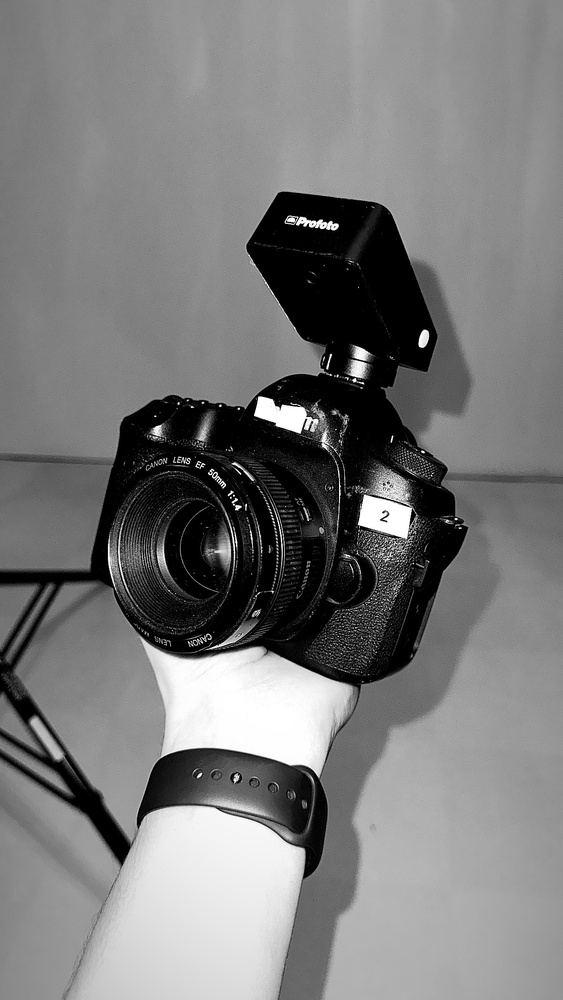
When traveling, you need to keep your kit to a minimum. If space is tight, settle on taking a single camera, lens, speedlight, tether cable, and an SSD. You can really do most work with that setup. If space is less of a problem, grab a bigger light, but don’t take several. Chances are, whatever you are shooting can be done with a single good battery-powered strobe. While I can’t speak for camera and lens brands, I can speak for lights. Having traveled with my Profoto lights far and wide, they work just fine. I am not afraid to break anything if my bag bumps against a train step. The same with modifiers: the 3’ octa has been assembled and broken down hundreds of times, and it holds up like it was bought yesterday. While some readers will go against me and say that I am sponsored or paid by Profoto to say this, this simply isn’t true. I have bought my lights and have made a conscious choice to use that brand. I will switch as soon as there is something better, trust me. There just isn’t anything better.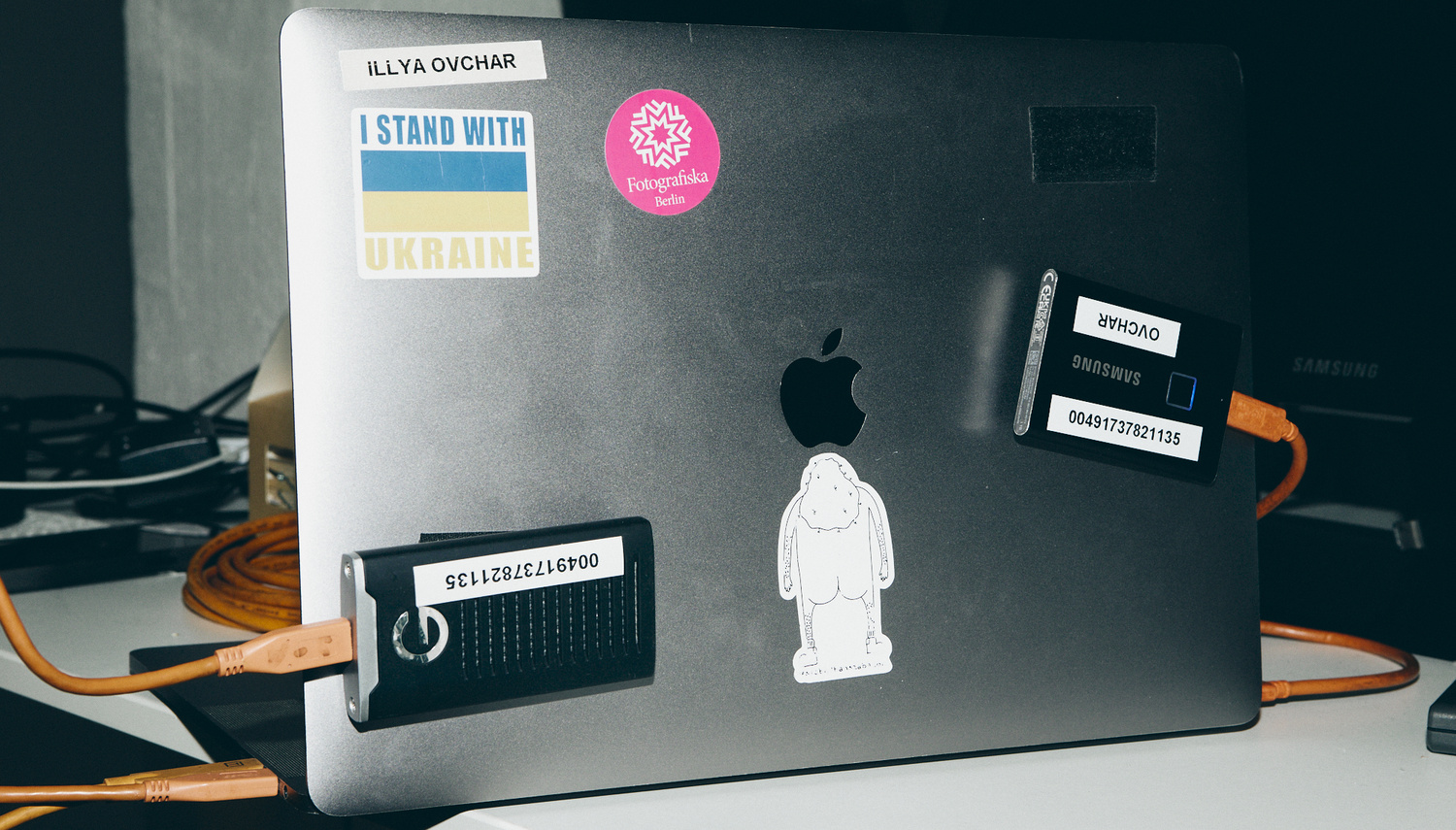
Organizing Shoots in Foreign Markets
Organizing shoots in foreign cities can be quite a challenge as you want to find interesting people to photograph or ways you can photograph various important events. This comes with outreach. Around a month before your trip, start reaching out to people in the city you will be visiting and try to set up a shoot. This can be done via looking at hashtags on Instagram, but an even better way would be to find a few key photographers working in that market and then seeing the team credits. Follow the team, and voila, you now have a small list of possible collaborators. From then on, it becomes easy, as local people can be very helpful in finding cool locations, etc.
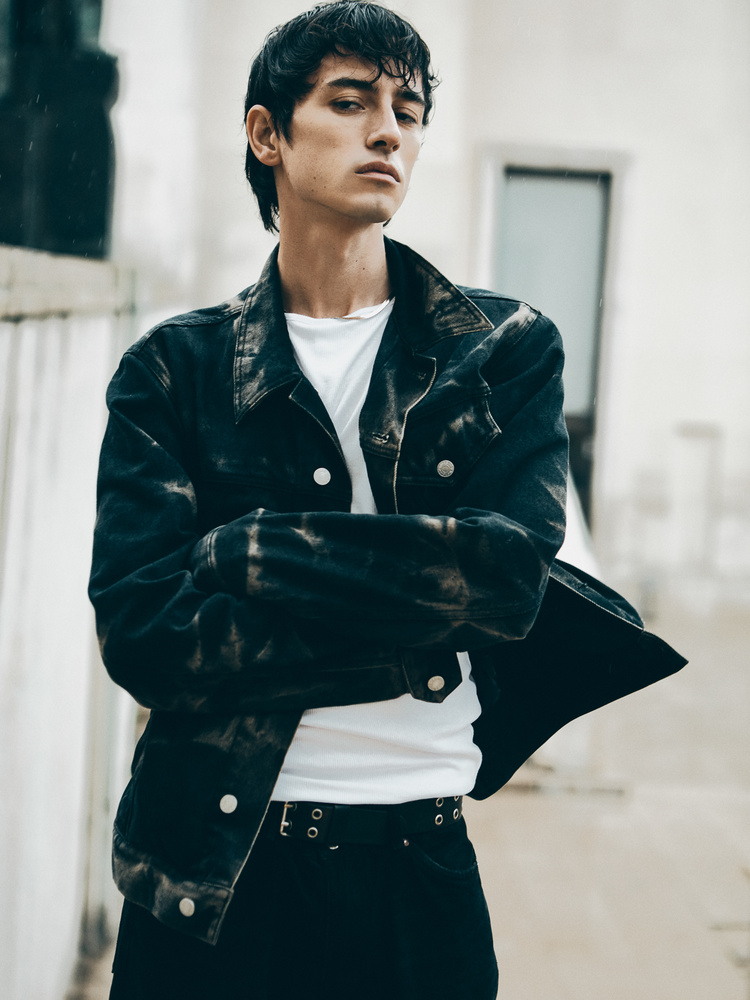
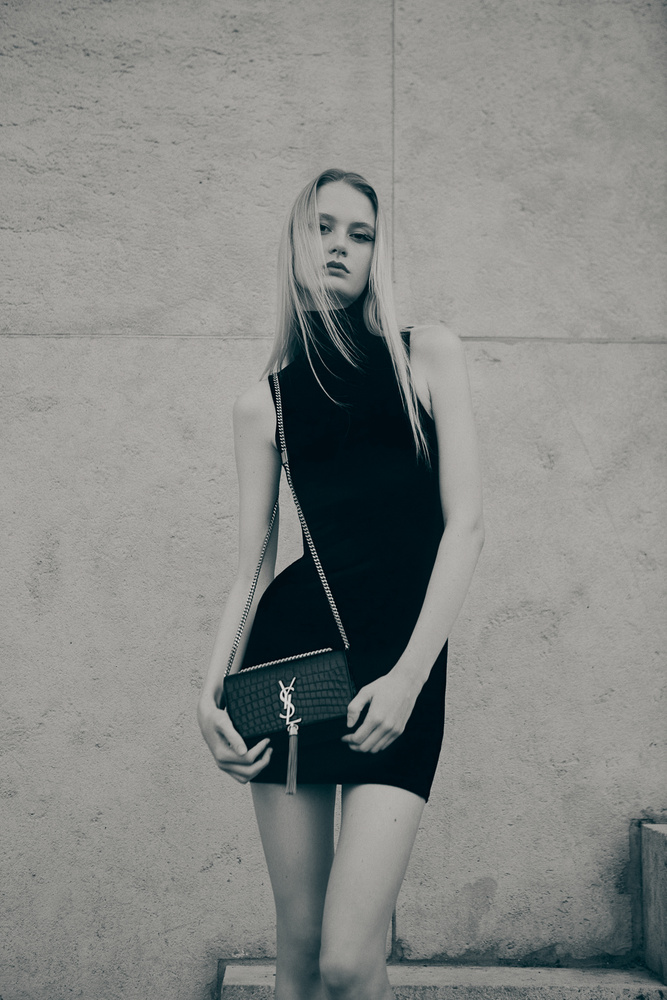
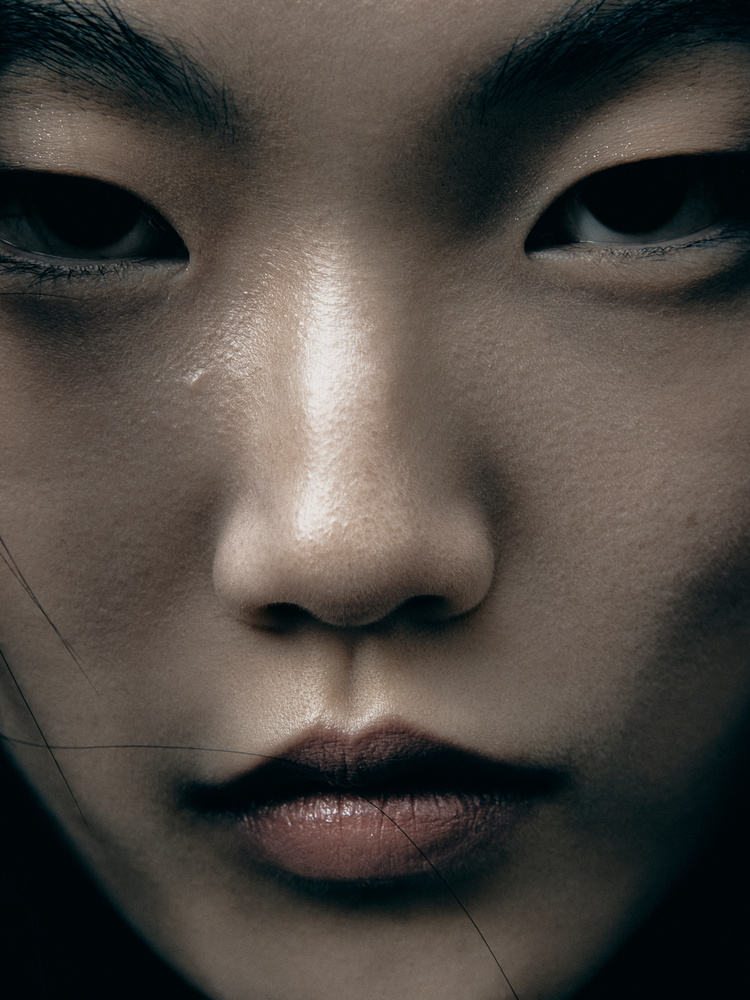
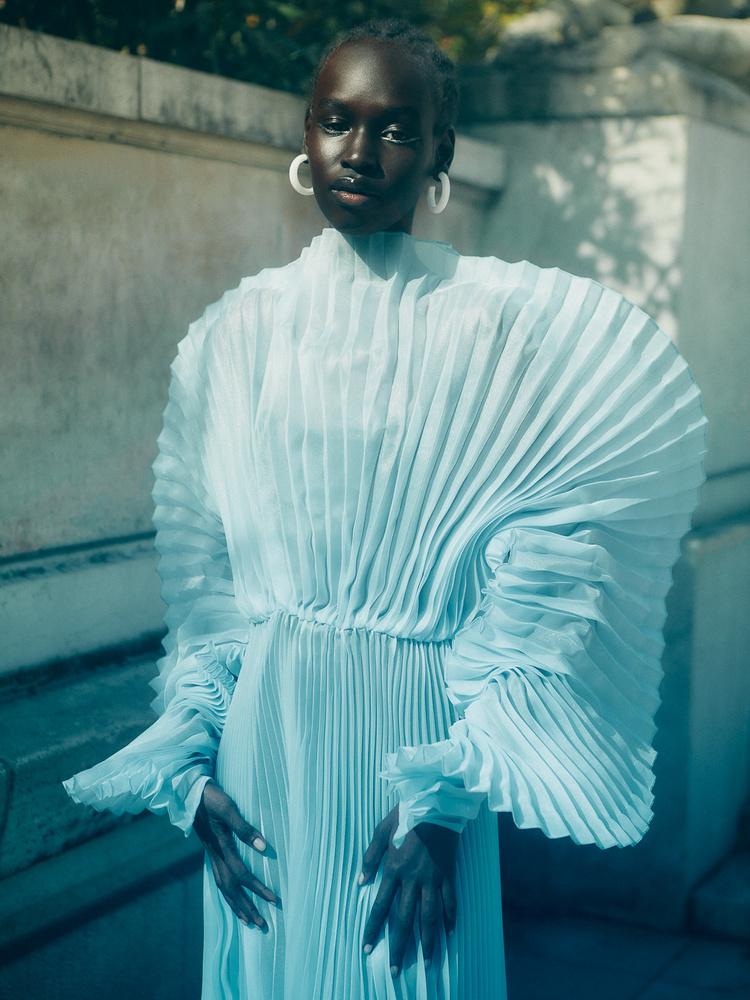
Networking
Travel inevitably involves networking. I won’t spend much on this point as I cover it extensively in another article, but I do want to say this. Batch meetings, dinners, possibly even relevant events. While an hour-long meeting with generally shallow conversation may not seem like the best way to spend time in a new city, it can lead to some promising jobs. Who knows, maybe the next time you will be visiting that city, you will be flown in.
Safety
When you travel, you are inevitably taking tens of thousands of dollars of gear with you. I recommend packing your bags in a way that makes it hard for possible criminals to get inside them. Another great safety measure is AirTags. You can get a pack of five and put them in various bags that you will be bringing. I can only wish for photography brands to start implementing this technology into their products. One can simply dump the bag itself and take the contents. I advise against checked baggage. It is best to take your most precious possessions on board and keep an eye on them. If you really have to put your bag underneath yourself, use AirTags and have contingency plans in case it gets lost. When going by train or bus, keep your bags over your head. Should you have a large bag that the driver won’t allow inside, put it under the bus, but from the opposite side. Typically, you’d place your luggage on the same side as you’re entering. If someone exits at a stop, they will have all the chances to steal your stuff if it’s there. By placing it on the other side, you are making it much more difficult.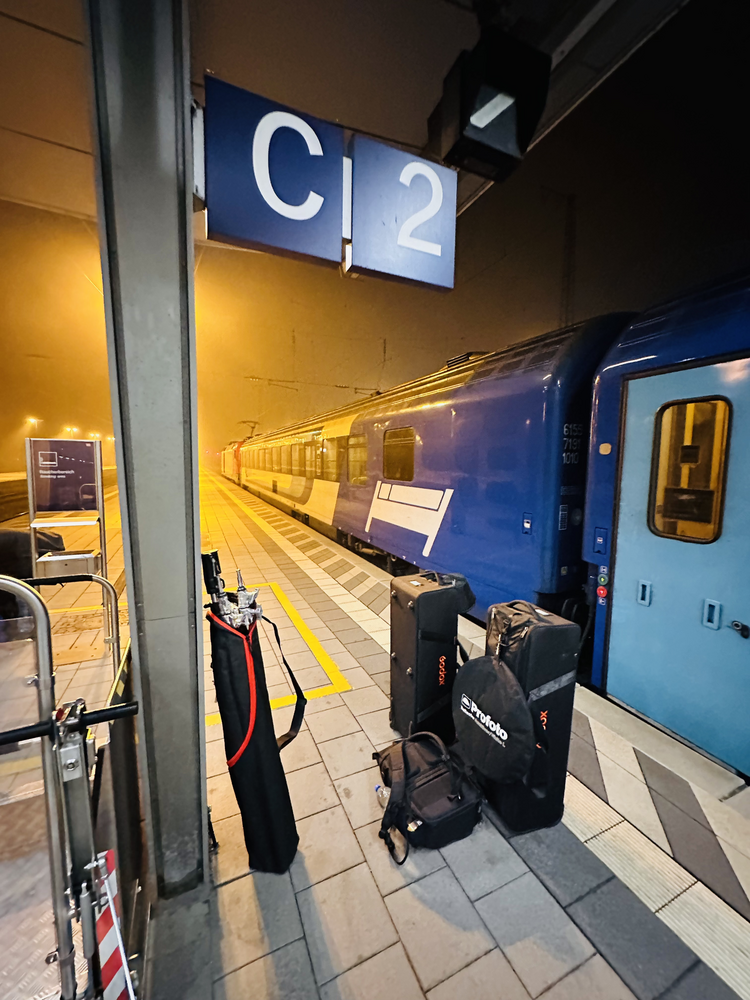
In Hotel Rooms
In hotel rooms, I keep my gear in a bag and then hide the bag someplace. Under the bed is an obvious one, so don’t put it there. One way is inside a sofa, another is in one of the little kitchen cabinets, and so on. Once again, AirTags are your friend. If you are extra paranoid, you can hide your gear but leave the bag with various small items out. Should someone want to take your gear, they will grab the first thing they see: your bag. Always check you locked the door and take other obvious precautions. I always take my laptop with me, as the data stored on it is what’s most precious to me. Should it get stolen, I would lose passwords, the ability to work, and many more other things.
On The Street
All camera bags I had were the ones that lock from the back. This way, the only way to access the camera compartment is by taking the bag off and then taking the gear out. This is the safest way. When in London, Paris, or Barcelona, you might be a victim of pickpockets. I generally put my passport, phone, keys, money, and so on inside the bag with all the cameras and have them on my person at all times. Your phone should be in your inside breast pocket, with the garment zipped up. This is not a 100% way to stay protected, but it will stop most pickpockets.
